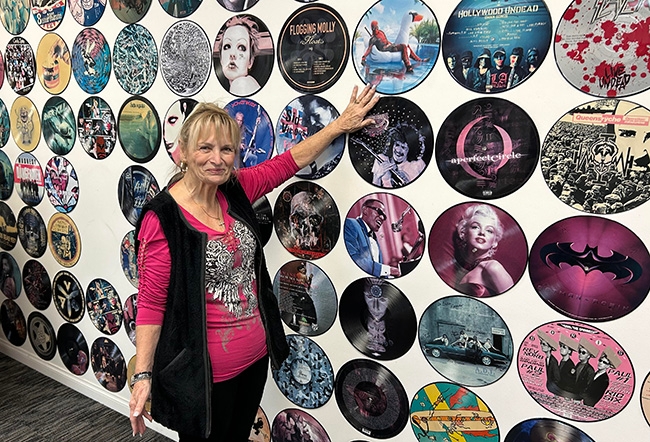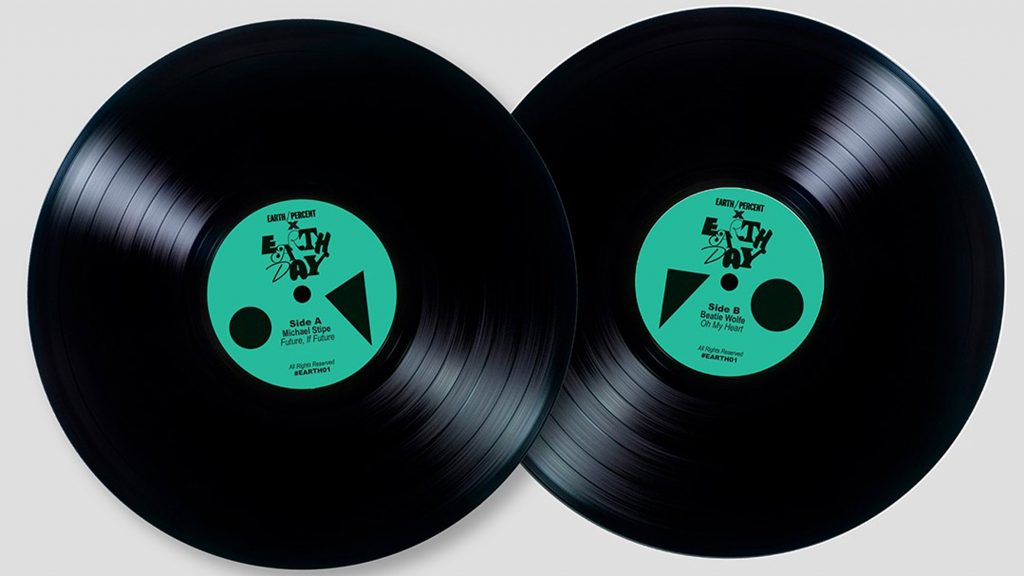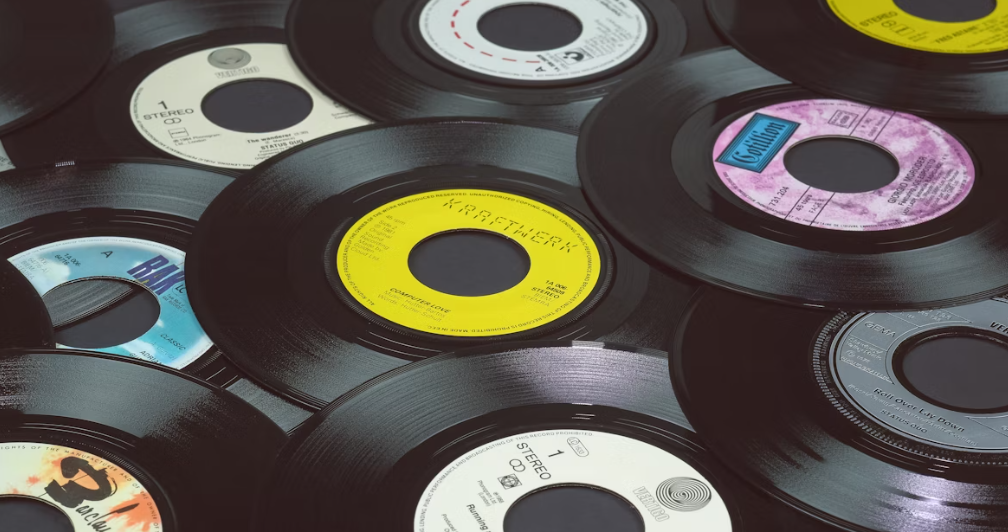In an era almost entirely dominated by digital streaming, the surprising resurgence and continued existence of vinyl records present a phenomenon worth pondering. It challenges the simple logic of "survival of the fittest" in technological evolution. However, facing potentially more disruptive technological changes in the future, a core question emerges: Is vinyl's resilience a temporary bubble of nostalgia, or does it possess inherent qualities sufficient to withstand the impact of the next technological wave? This article will set aside sentimentality, applying first principles and an understanding of real-world mechanics to deeply analyze the roots of vinyl's current advantages, extrapolate potential future technological paths, and assess vinyl's vulnerability and vitality in these scenarios, ultimately exploring the realistic possibilities of its survival prospects. The conclusion may not be a simple "yes" or "no," but rather point towards a niche future contingent upon specific conditions.

Vinyl's Current "Moat": Why Has It Survived the Digital Age?
To predict the future, one must first understand the present. Vinyl's revival is no accident; it precisely fulfills certain human needs neglected or suppressed in the digital age, forming its current "moat":
- Tangibility & Ownership: Against the backdrop of increasingly "rented" and virtualized digital content, vinyl offers a tangible sense of physical possession. Touching the sleeve, feeling the weight of the record, seeing it spin on the turntable—this multi-sensory experience satisfies the basic human psychological need for control and ownership of physical objects (First Principle: Material Attachment & Desire for Control). The act of collecting itself also provides satisfaction and a sense of accomplishment.
- Ritual & Intentional Listening: From selecting a disc, cleaning it, placing the needle, to listening through an entire side, the process of using vinyl is inherently ritualistic. This contrasts with the instant, convenient, but often "backgrounded" consumption model of digital streaming, encouraging a more focused, engaged mode of listening that satisfies some people's need to counter information overload and pursue deeper experiences.
- Perceived Authenticity & Warmth: Although debatable (whether "analog warmth" is objectively real), many listeners subjectively perceive vinyl's sound as more "real," "warm," or "alive." This might stem from specific harmonic distortions in analog recording and playback, or it could be a cultural construct—associating vinyl with a "golden age" or the artist's "original intent," thereby acquiring it as a symbol of cultural capital.
- Community & Social Aspects: Independent record stores, record fairs, and online collector communities (like the Discogs Community) provide physical and virtual spaces for like-minded individuals to communicate, share, and connect. The knowledge (versions, pressings, equipment) and practices (collecting, trading) surrounding vinyl serve as mediums for social interaction, fulfilling human needs for belonging and social connection (First Principle: Tribal Affiliation & Information Sharing).
- Niche Economics & Artist Support: For independent artists and labels, vinyl offers unit revenue far higher than streaming. Fans purchasing vinyl are often seen as providing more direct and meaningful support to artists. This niche but high-value economic model sustains a specific ecosystem.

Defining the "Next Technological Shift": Scenarios for Future Music Consumption
Predicting future technology is difficult, but based on current trends, we can extrapolate several scenarios that could profoundly impact music consumption patterns:
- Scenario A: Hyper-Immersive Audio: Going far beyond current "spatial audio," combining advanced soundfield rendering, personalized HRTFs (Head-Related Transfer Functions), and possible VR/AR integration to create highly realistic, interactive virtual acoustic environments.
- Scenario B: AI-Generated/Personalized Music Dominance: AI generates or infinitely recombines music in real-time based on user preferences, mood, or even physiological data, reducing the necessity for "fixed," pre-recorded music (whether digital or physical).
- Scenario C: BCI Music (Brain-Computer Interfaces): Directly transmitting auditory signals or inducing musical experiences in the brain via brain-computer interfaces, completely bypassing ears and traditional acoustics.
- Scenario D: Resource Scarcity / Environmental Backlash: The production and disposal of PVC (polyvinyl chloride) pose environmental challenges. Future resource limitations or tightening environmental regulations could make vinyl production prohibitively expensive or socially unacceptable.
- Scenario E: Advanced Haptics/Sensory Feedback: Digital devices simulate not only sound but also texture, weight, temperature, and other sensory experiences, attempting to replicate some aspects of physical media's "feel."

Cross-Analysis: Vinyl's Resilience and Vulnerability in Future Scenarios (MECE Application)
Now, let's evaluate vinyl's core strengths (Section 2) against these potential future scenarios (Section 3):
- Tangibility/Ownership:
- Resilience: In a future flooded with AI-generated content where everything is ephemeral, the scarcity and uniqueness of physical entities might be cherished even more. Advanced haptic simulation (Scenario E) might still fail to fully replicate the psychological satisfaction of owning a real physical object.
- Vulnerability: If hyper-immersive experiences (Scenario A) or BCI (Scenario C) can provide a sufficiently strong sense of "presence" and personalized experience, the demand for physical carriers could diminish. Resource constraints (Scenario D) directly threaten its physical basis.
- Ritual/Intentional Listening:
- Resilience: In a future of accelerating technology and scarce attention, deliberately "slowing down" through ritual might become an oppositional cultural stance, making it more attractive.
- Vulnerability: Hyper-immersive experiences (Scenario A) could create new, equally compelling digital rituals. BCI (Scenario C) might eliminate the act of "listening" itself, rendering rituals moot.
- Perceived Authenticity/Warmth:
- Resilience: "Authenticity" might be redefined as "human creation" (as opposed to AI generation), preserving the value of vinyl as a physical carrier of works by human artists.
- Vulnerability: Subjective "warmth" can likely be perfectly simulated or surpassed by future audio technologies (Scenarios A, C). Its symbolic meaning as cultural capital might also fade with generational shifts.
- Community/Social Aspects:
- Resilience: The need for physical social spaces (record stores, fairs) might persist as a reaction against an increasingly virtual world. Online vinyl communities could continue to thrive.
- Vulnerability: Hyper-immersive virtual socialization (Scenario A) or new forms of shared experience driven by BCI (Scenario C) could offer more convenient and richer social alternatives.
- Niche Economics/Artist Support:
- Resilience: As long as a core fanbase exists willing to pay a premium for scarcity, collectibility, and the idea of "supporting the artist," this niche economic model can endure.
- Vulnerability: Production costs soaring due to resource issues (Scenario D) could make it economically unviable. If future technologies (like AI music platforms with microtransactions) offer more efficient and transparent artist support models, this advantage of vinyl could weaken.
Identifying Blind Spots & "Uncomfortable Truths"
When discussing vinyl's future, we must be wary of common cognitive biases and overlooked realities:
- The Truth About Market Share: Despite significant sales growth, vinyl still represents only a small niche share of total global music consumption, far from a "mainstream revival."
- The Danger of Romanticization: Vinyl's continued existence might be more a reflection of market segmentation and consumer behavior diversity than some grand cultural statement or a comprehensive victory over the digital age.
- Generational Differences: Will younger generations raised in a fully digital environment develop the same deep emotional connection and cultural identification with physical media as those who experienced it earlier? This is a major unknown.
- Non-Linearity of Technological Paths: The future might not be dominated by a single technology but rather see a continued coexistence and fragmentation of various consumption models.
- Changes on the Production Side: We often focus on consumer-facing technology, but breakthroughs in production technology (like more eco-friendly or cheaper methods for creating physical audio artifacts) could also change the game.

Conclusion: An Uncertain but Potentially Enduring Niche Future
So, can vinyl records survive the next technological shift? The answer is likely: "Yes, but not inevitably, and almost certainly maintaining a niche status."
Vinyl's survival capability seems less dependent on its technical characteristics as a sound carrier (which future technologies will likely surpass or simulate) and more on its ability to continuously satisfy those fundamental human needs that transcend pure auditory experience: the sense of control over physical reality, the psychological comfort of ritualistic behavior, the longing for community belonging, the identification with specific cultural symbols, and the niche economic model supporting independent creation.
Whether future technological changes (be it immersive audio, AI music, BCI, or others) will definitively "kill" vinyl hinges on whether these new technologies can directly and comprehensively provide solutions that replace the needs mentioned above. If new tech merely improves fidelity or convenience, vinyl, with its unique "value package" (tangibility, ritual, community, perceived authenticity, niche economics), can still attract its core audience. However, if future technologies create equally (or more) powerful community experiences, rituals, and senses of ownership, or if resource and environmental pressures make vinyl production unsustainable, its survival space will be severely squeezed.
Therefore, vinyl's future is not set in stone but is variable and highly conditional. It will likely persist long-term as a cultural symbol, a collectible item, and a lifestyle choice for specific communities, serving those groups who still cherish its unique value amidst the technological wave (an area platforms like XJ-HOME might continue to focus on). But this will be a survival story of a Niche Market, not the myth of a mainstream medium's revival. Its fate will ultimately be determined by the complex interaction between technological evolutionary paths and deep human needs.





Leave a comment
All comments are moderated before being published.
This site is protected by hCaptcha and the hCaptcha Privacy Policy and Terms of Service apply.